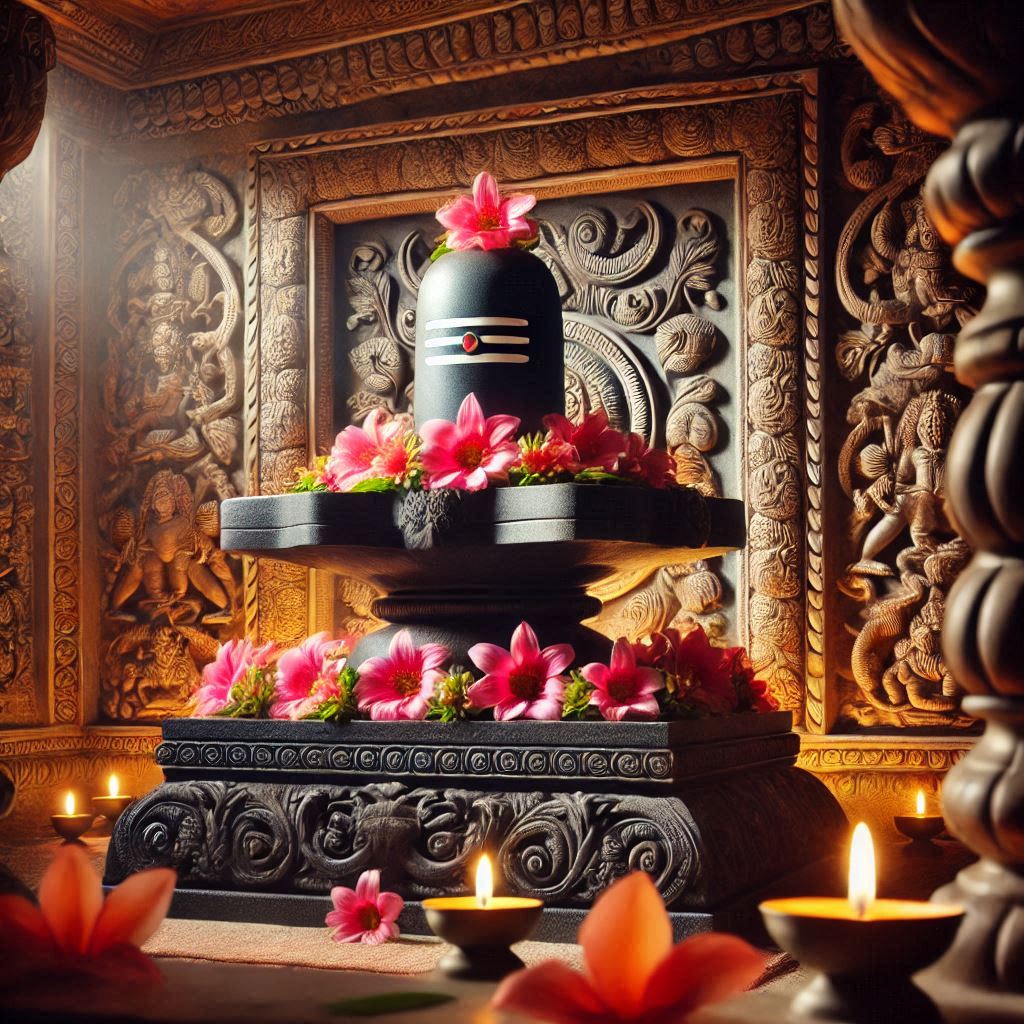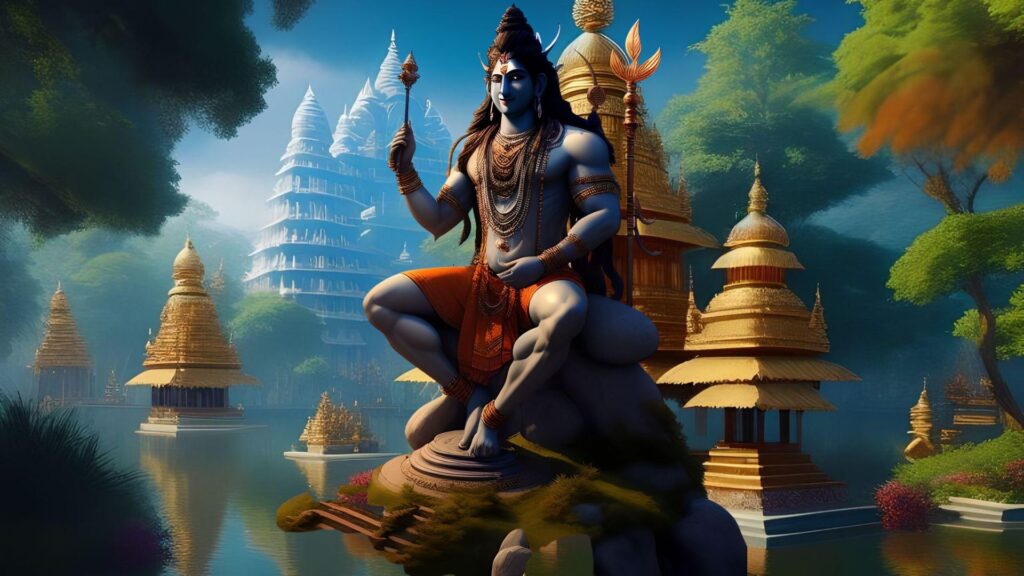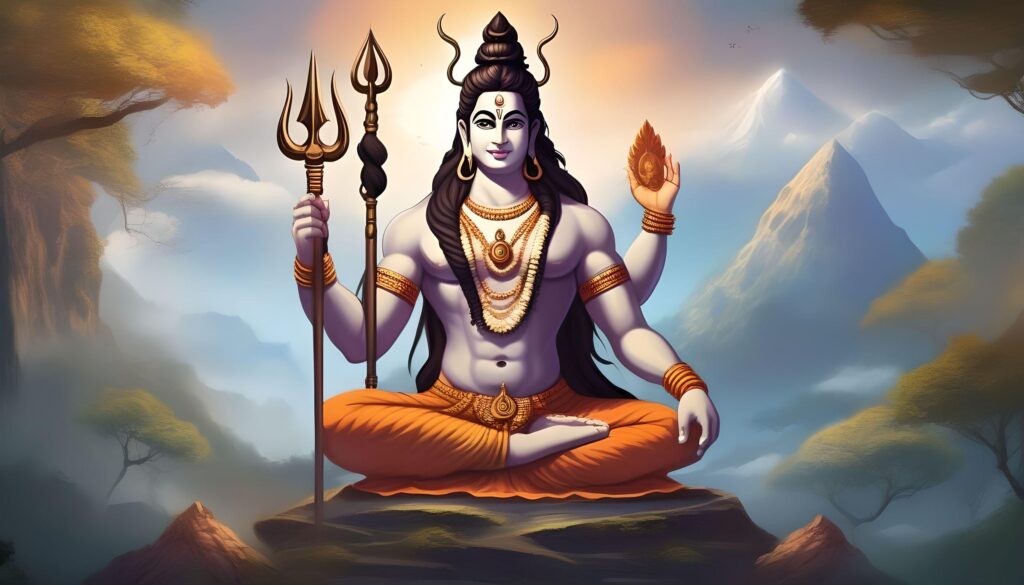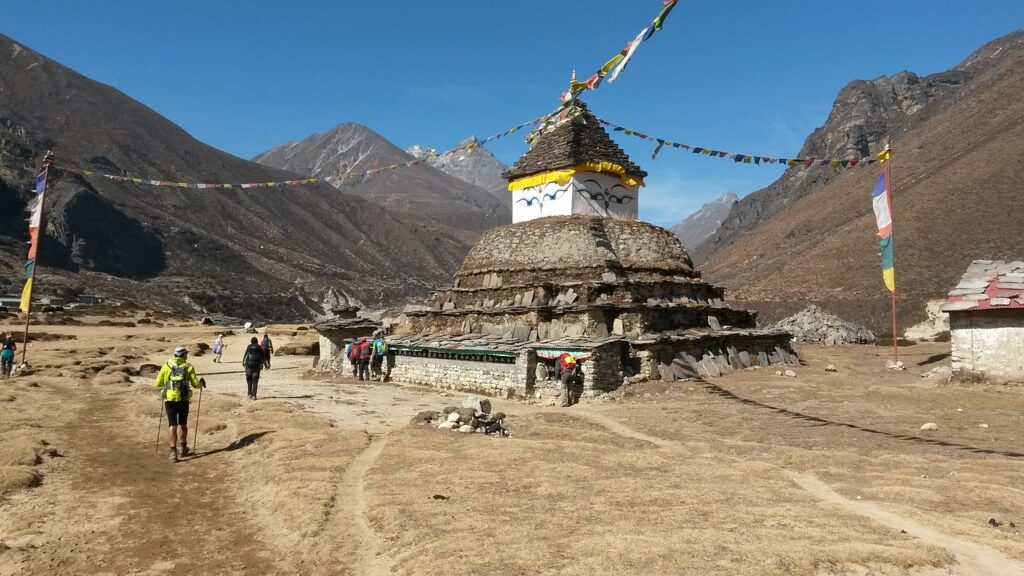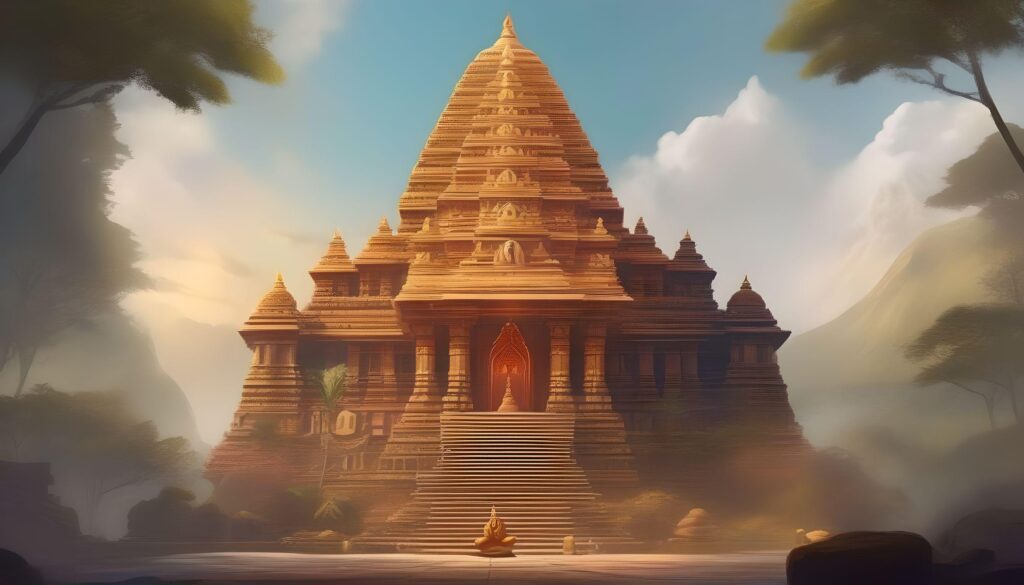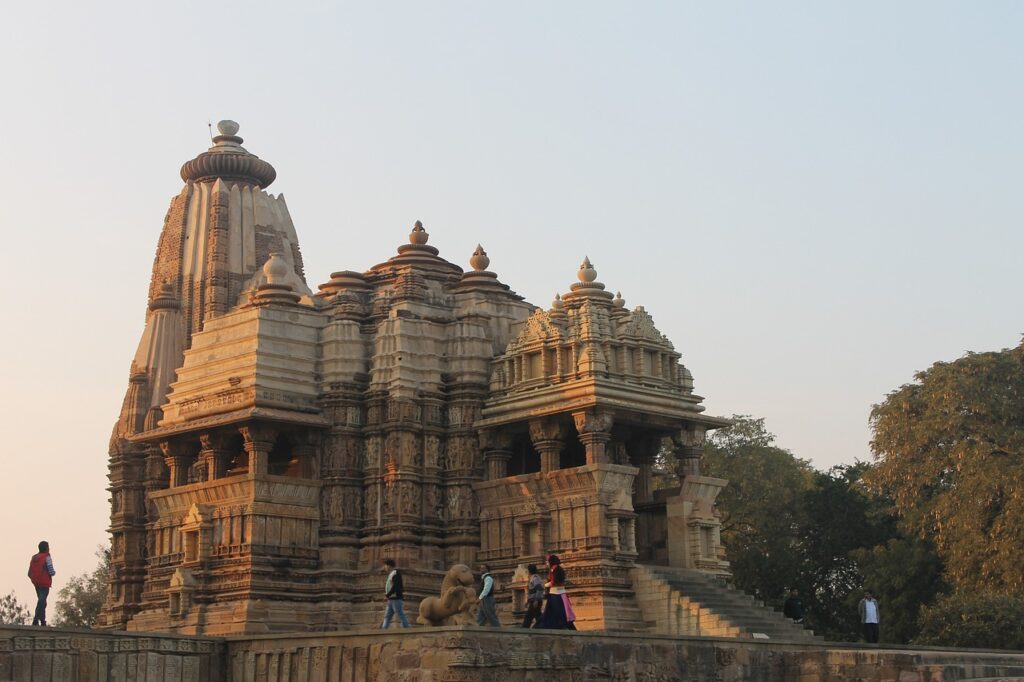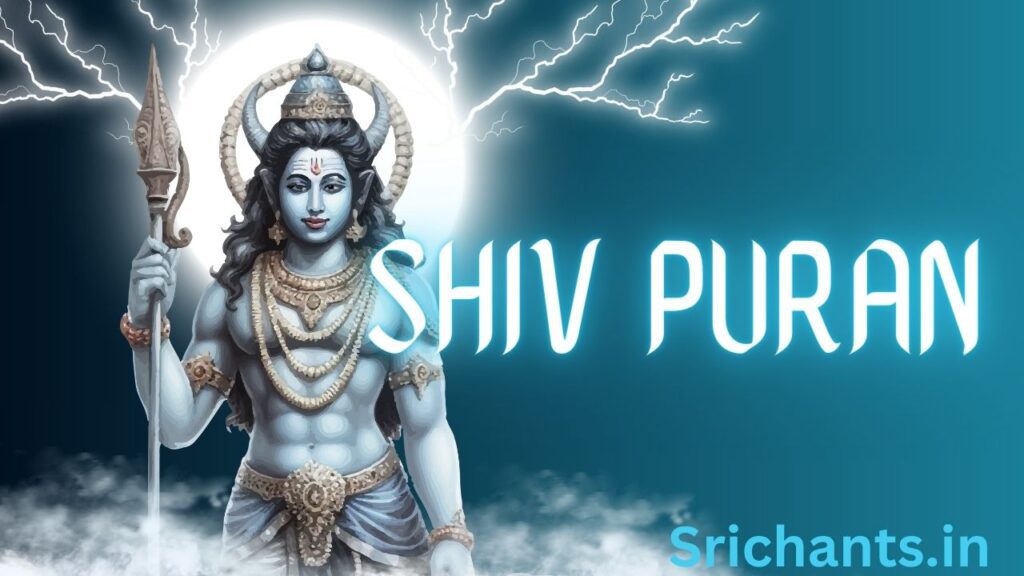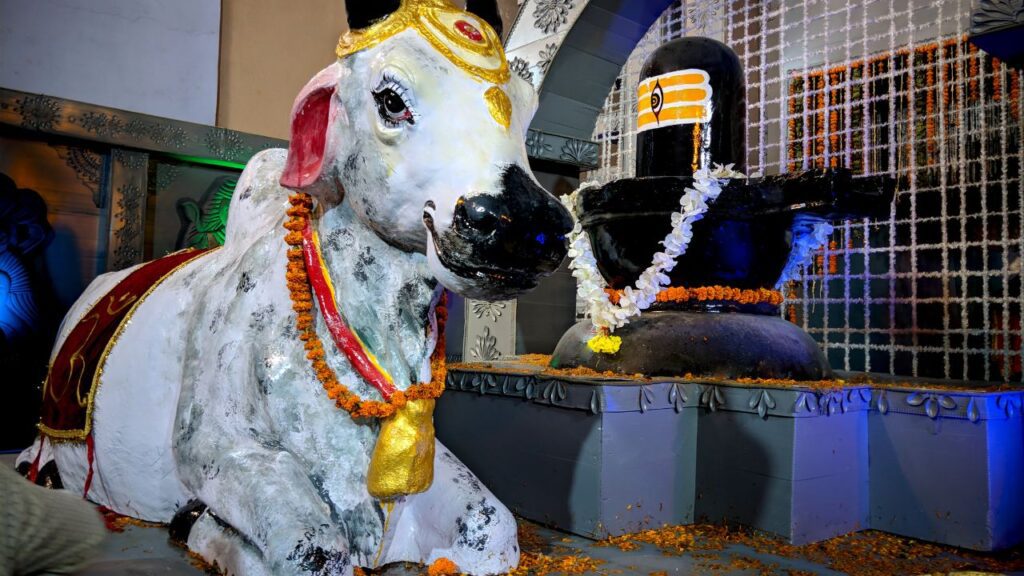Maha Shivratri
Introduction
Celebrated with great passion and dedication all throughout India and other countries, Maha Shivratri is among the most important Hindu holidays. It is devoted to Lord Shiva, the main Hindu deity sometimes referred to as the destroyer and transformer. This lucky night is thought to be the one in which Lord Shiva executes his celestial dance of creation, preservation, and destruction, therefore bringing together divine energies.
Historical Significance
Meaning the “Great Night of Shiva,” Maha Shivratri is quite mythologically and historically important. Hindu mythology holds that various stories surround this celebration. One well-known myth holds that Lord Shiva wed Goddess Parvati tonight. Another view holds that on this night Lord Shiva showed himself as a Linga, a symbolic depiction of him. Devotees fast and pray to mark these holy occasions and ask Lord Shiva for blessings.
Maha Shivratri: The Great Night of Lord Shiva
Maha Shivratri, often referred to as “The Great Night of Shiva,” is one of the most significant festivals in the Hindu calendar. Celebrated annually in honor of Lord Shiva, the destroyer and regenerator of the universe, it is a night dedicated to spiritual awakening, meditation, and devotion. Maha Shivratri is not just a religious occasion but a deeply symbolic event with roots in ancient Hindu traditions and mythology.
The Significance of Maha Shivratri
Maha Shivratri holds immense spiritual and cultural importance. It is believed to be the night when:
- Lord Shiva Married Goddess Parvati: Maha Shivratri celebrates the divine union of Lord Shiva and Goddess Parvati, symbolizing the harmony of consciousness and energy.
- Shiva Performed the Cosmic Dance (Tandava): According to mythology, Lord Shiva performed his celestial dance of creation, preservation, and destruction, known as Tandava, on this night.
- The Emergence of the Shiva Lingam: It is said that Lord Shiva manifested as a column of light, symbolizing his infinite and formless nature. The worship of the Shiva Lingam represents this event.
- Shiva Consumed the Halahala Poison: During the churning of the ocean (Samudra Manthan), Shiva drank the deadly halahala poison to save the universe, keeping it in his throat, which turned blue, earning him the name “Neelkanth.”
How is Maha Shivratri Celebrated?
The celebrations of Maha Shivratri are marked by devotion, fasting, meditation, and elaborate rituals. Here’s a closer look:
1. Fasting (Upavasa)
Devotees fast strictly to clean their bodies and thoughts. While some observe a phalahar fast (eating only fruits, milk, and sattvic foods), others select a nirjala fast—that is, without food or drink. Fasting symbolizes determination and self-control.
2. Night Vigil (Jagaran)
One of the main components of Maha Shivratri is keeping consciousness all through night. Devotees spend the evening reciting “Om Namah Shivaya,” listening to bhajans—devotional songs—and meditating to commune with the divine.
3. Shiva Lingam Abhishekam
The ritual bathing of the Shiva Lingam, known as Abhishekam, is performed using sacred substances:
- Milk: Purity and spiritual nourishment.
- Honey: Sweetness and contentment.
- Water: Purification and life-giving energy.
- Ghee: Enlightenment and radiance.
- Sandalwood Paste: Cooling and calming effects. Bilva leaves, considered highly auspicious, are also offered to the Lingam.
4. Offering Prayers
Reciting Shiva mantras—such as the potent Maha Mrityunjaya Mantra, which calls for Shiva’s blessings for health, wealth, and freedom from the cycle of birth and death—devotees offer prayers.
5. Temple Visits
Grand festivals abound at Shiva temples all throughout India, including those in Varanasi, Gujarat, and Ujjain: Kashi Vishwanath, Somnath, and Mahakaleshwar Devotees assemble to see processions, special aartis, and rites.
Cultural Celebrations
Celebrated with great passion all throughout India, Maha Shivratri adds a distinctive cultural touch from every region. While in the southern states elaborate temple rites and cultural events, in the northern states magnificent fairs and processions are planned. Big Shiva temples include the Mahakaleshwar Temple in Ujjain, the Kashi Vishwanath Temple in Varanasi, and the Somnath Temple in Gujarat see large numbers of worshippers.
Cultural and Regional Variations
Maha Shivratri is celebrated differently across India, reflecting the diversity of traditions:
- In Tamil Nadu, devotees at the Annamalaiyar Temple in Tiruvannamalai undertake the ritual of Girivalam, a sacred walk around the Arunachala Hill. The temple’s Mahadeepam (sacred fire) is a major attraction.
- In Kashmir, Maha Shivratri, called Herath, is a significant festival for Kashmiri Pandits. Special dishes are prepared, and prayers are offered to honor Lord Shiva and Goddess Parvati.
- In West Bengal, clay idols of Lord Shiva are worshipped, and cultural programs like devotional music and dance are organized.
- In Gujarat, the festival is celebrated with vibrant fairs and processions showcasing the rich cultural heritage of the region.
Spiritual Practices on Maha Shivratri
Maha Shivratri is an opportunity for spiritual growth and self-reflection. Devotees engage in practices like:
1. Meditation
Meditating on Lord Shiva’s formless and boundless nature helps one to reach inner serenity and spiritual clarity. Meditating on this night is supposed to be very effective.
2. Chanting Mantras
Saying mantras like “Om Namah Shivaya” generates vibrations that quiet the mind and bring the soul into line with cosmic forces.
3. Reading Scriptures
Devotees study scriptures such as the Shiva Purana, which chronicles Shiva’s glory, lessons, and compassion toward humans.
4. Performing Yoga
During Maha Shivratri, some yoga poses—like Shavasana (corpse posture) and Padmasana (lotus pose)—can help to improve concentration and channelize energy.
Dos and Don’ts for Maha Shivratri
Dos:
- Wake up early, bathe, and wear clean, preferably white or light-colored clothes.
- Visit a Shiva temple or set up a sacred space at home for prayers.
- Offer Bilva leaves, fruits, and flowers to the Shiva Lingam.
- Stay awake during the night, engaging in prayers, meditation, or listening to devotional music.
Don’ts:
- Avoid consuming tamasic foods like onions, garlic, and alcohol.
- Refrain from negative thoughts, anger, or arguments.
- Do not skip Abhishekam if you are performing puja at home.
- Avoid using Bilva leaves that are torn or have holes, as they are considered inauspicious.
Significance of Fasting
Considered especially lucky and with many advantages is fasting on Maha Shivratri. Devotees follow several kinds of fasts, from total food and water abstinence to simply fruits and milk. Fasting is said to help one seek the blessings of Lord Shiva, clean the body and mind, improve focus.
Spiritual Benefits
For those who follow Maha Shivratri, it is a deep spiritual trip rather than only a celebration. It is said that following the rituals and keeping awake all night will lead to self-realisation and enlightenment. Chanting and meditation are supposed to clear the aura and induce inner calm and harmony by their vibrations.
FAQs About Maha Shivratri
1. What is the meaning of Maha Shivratri?
Maha Shivratri means “The Great Night of Shiva.” It is dedicated to Lord Shiva and symbolizes overcoming darkness and ignorance.
2. Why is Maha Shivratri celebrated at night?
The night is significant as it marks the time when Lord Shiva performed the Tandava dance and married Goddess Parvati.
3. Can non-Hindus participate in Maha Shivratri celebrations?
Yes, Maha Shivratri’s universal themes of spirituality and self-discipline resonate with people of all backgrounds.
4. What is the significance of offering Bilva leaves?
Bilva leaves are sacred to Lord Shiva and symbolize devotion and purity. They are believed to cool the intense energy of Shiva.
5. Is it necessary to stay awake all night?
Staying awake symbolizes vigilance and dedication. While it is encouraged, individuals can participate as per their capacity.
6. What foods can be consumed during the fast?
Fruits, milk, nuts, and sattvic foods are allowed. Avoid grains, pulses, and tamasic items.
7. How is Maha Shivratri different from regular Shivratri?
While Shivratri occurs monthly, Maha Shivratri is celebrated annually and holds greater spiritual significance.
8. What is the importance of chanting ‘Om Namah Shivaya’?
The mantra calms the mind, purifies the soul, and invokes Lord Shiva’s blessings.
9. What should I avoid during Maha Shivratri?
Avoid tamasic foods, negative thoughts, and engaging in worldly distractions.
10. Can children observe Maha Shivratri?
Yes, children can participate in simplified rituals, like offering flowers and listening to Shiva stories.
Conclusion
Maha Shivratri honors spiritual development, loyalty, and faith. Devotees use this time to commune with the divine, ask favors, and really sink themselves in the spiritual core of Lord Shiva. On the Hindu calendar, the festival is a really amazing event because of its rich customs and rites, which provide a special mix of religious and cultural value.
Beyond simple ceremonies, Maha Shivratri offers a road towards spiritual awakening and enlightenment. Seeing this holy night with commitment and awareness allows the person to match the heavenly energy of Lord Shiva.
